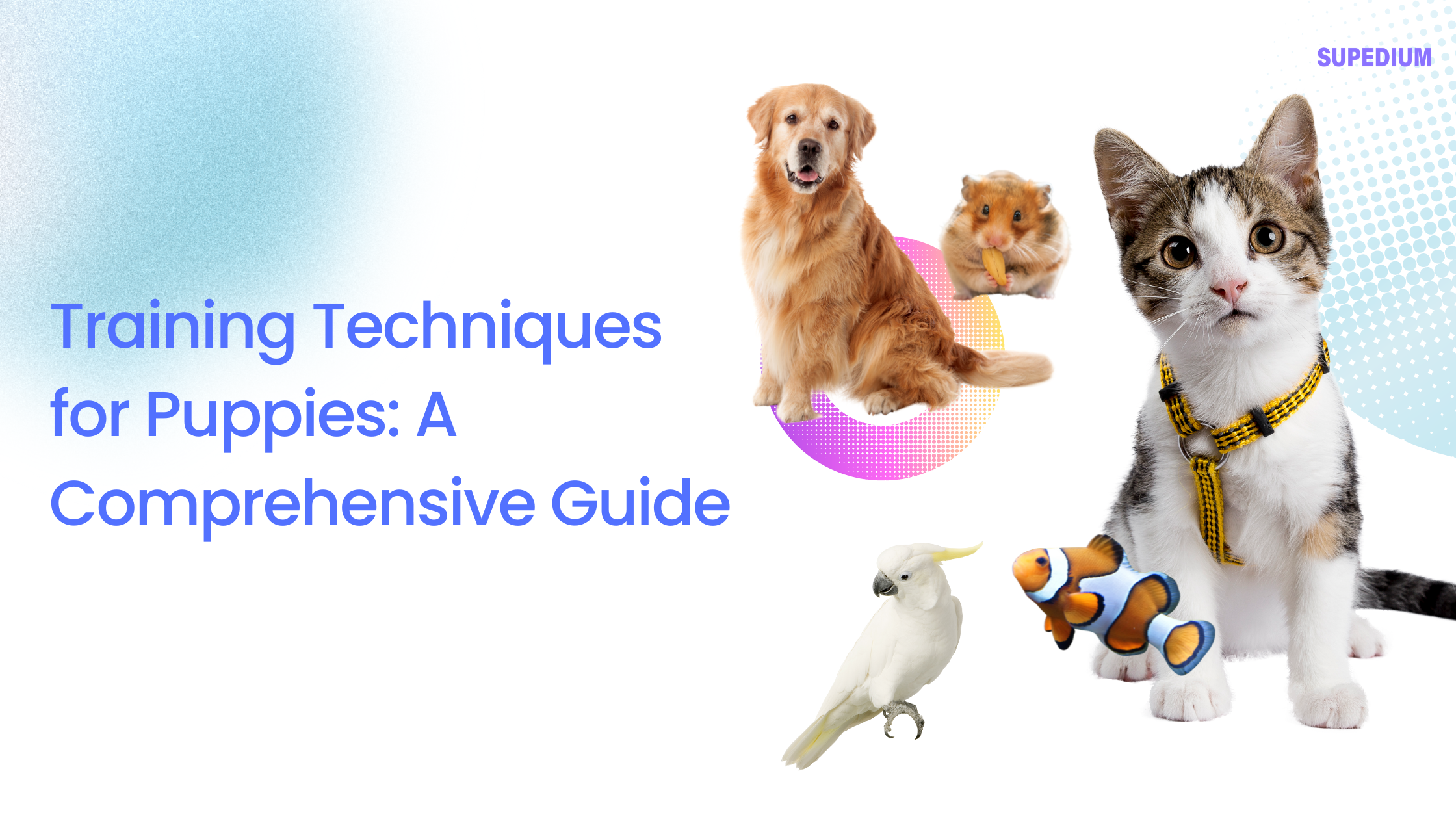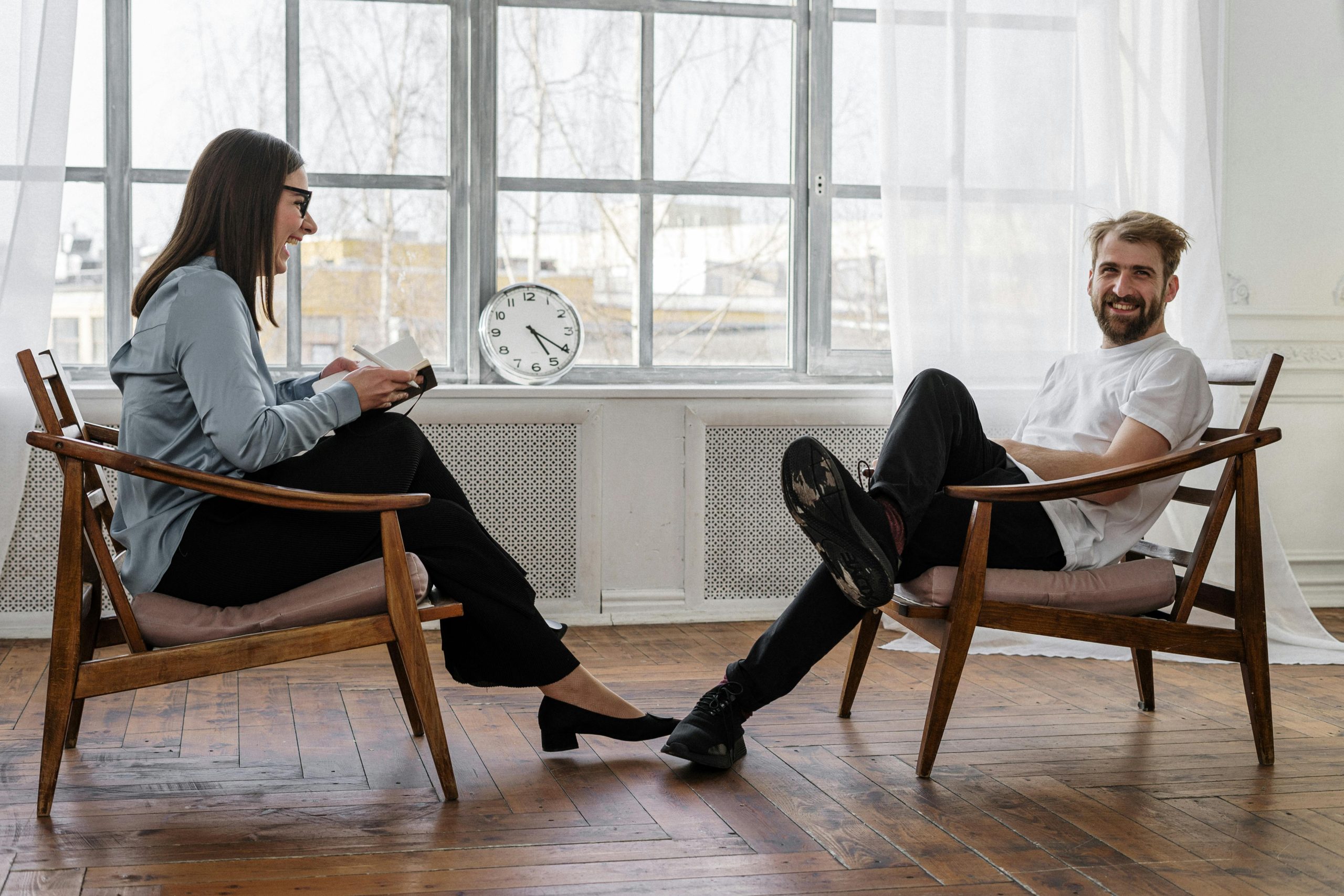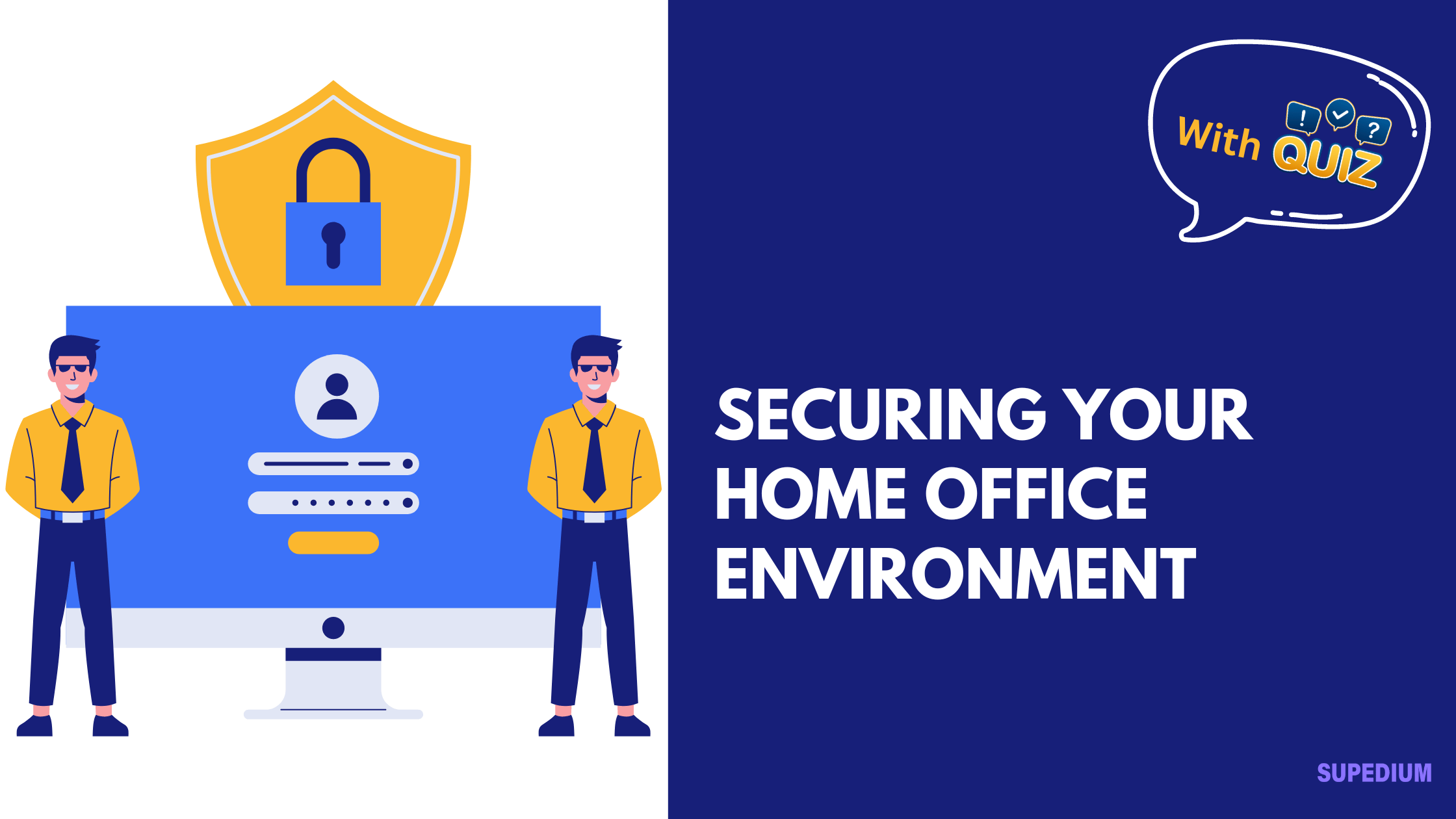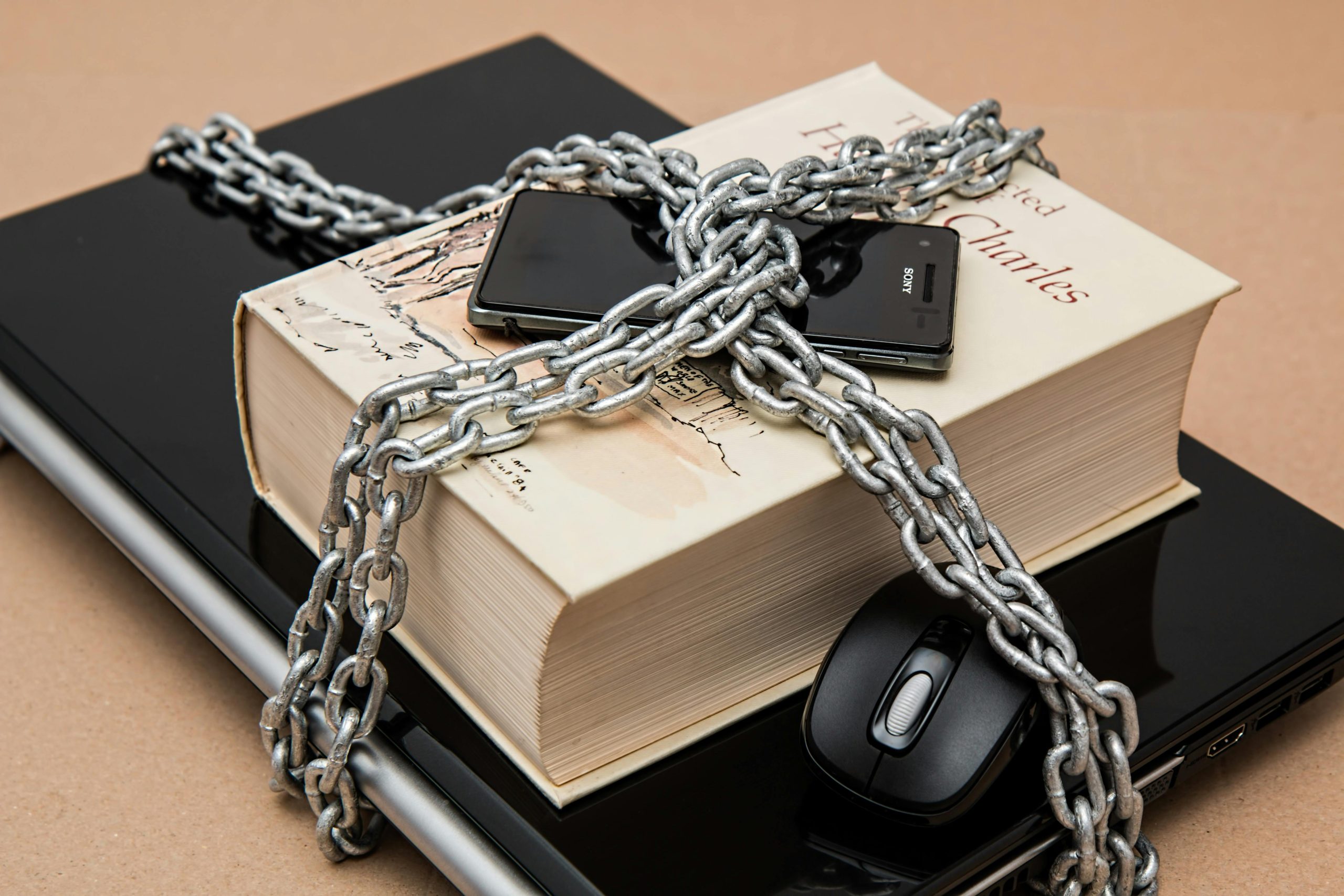Table of Contents
![]()
Training your puppy is one of the most rewarding aspects of dog ownership. Proper training not only fosters good behavior but also strengthens the bond between you and your furry friend. In this guide, we’ll delve into essential training techniques, addressing common behavioral issues, and offer tips for advanced skills and enrichment.
Understanding Puppy Development
Before diving into training techniques, it’s crucial to understand the developmental stages of puppies. Puppies go through several key stages:
- Neonatal Stage (0-2 weeks): During this period, puppies are entirely dependent on their mother. They begin to develop basic sensory abilities but are not yet ready for formal training.
- Transitional Stage (2-4 weeks): Puppies start to explore their environment and interact more with their littermates. This is a good time for initial gentle handling and socialization.
- Socialization Stage (4-12 weeks): This is the critical period for introducing puppies to various people, animals, and environments. Proper socialization during this stage helps prevent future behavioral problems.
- Juvenile Stage (3-6 months): Puppies are more energetic and may test boundaries. Training during this stage focuses on reinforcing learned behaviors and addressing emerging issues.
- Adolescence (6-18 months): This stage can be challenging as puppies become more independent. Continued training and patience are essential to guide them through this phase.
Understanding these stages helps tailor training to your puppy’s developmental needs, ensuring effective and compassionate teaching.
Essential Training Techniques
Positive Reinforcement
Positive reinforcement is the cornerstone of modern puppy training. This technique involves rewarding desired behaviors to encourage their recurrence.
- Definition and Importance: Positive reinforcement involves providing a reward immediately after a desired behavior. This could be treats, praise, or playtime. The key is to reward the behavior as soon as it occurs to help your puppy associate the action with the positive outcome.
- Types of Rewards: Treats are often the most effective reward, but verbal praise and affection are also powerful motivators. Toys and playtime can be used as rewards, especially for active puppies.
- Timing and Consistency: Immediate reward is crucial for effective training. Consistency in using rewards and commands helps puppies learn and retain behaviors better.
Clicker Training
Clicker training is a form of positive reinforcement that uses a distinct sound (the clicker) to mark desired behaviors.
- How Clicker Training Works: The clicker makes a precise sound that tells the puppy they have performed the correct behavior. This sound is followed by a reward, making it a powerful tool for shaping behavior.
- Benefits and Drawbacks: Clicker training provides clear communication and is highly effective for teaching complex behaviors. However, it requires carrying a clicker and ensuring you always have it on hand.
- Steps to Implement Clicker Training: Introduce the clicker to your puppy by associating the sound with treats. Use the clicker to mark desired behaviors and follow up with a reward. Practice consistently to reinforce learning.
Crate Training
Crate training provides a safe space for puppies and assists in housebreaking.
- Purpose of Crate Training: A crate serves as a personal den where puppies can feel secure. It aids in housebreaking by establishing a routine and preventing accidents.
- Introduction to the Crate: Start by placing the crate in a common area with the door open. Encourage your puppy to explore it using treats and toys.
- Gradual Acclimatization: Gradually increase the time your puppy spends in the crate with the door closed. Ensure they are comfortable and never use the crate as punishment.
- Crate Training for Housebreaking: Establish a routine for taking your puppy outside to eliminate. Praise and reward them for doing their business outside to reinforce the desired behavior.
Leash Training
Leash training is essential for teaching your puppy to walk politely on a leash.
- Importance of Leash Training: Leash training helps manage your puppy’s behavior while walking and ensures their safety.
- Choosing the Right Leash and Collar: Use a lightweight, comfortable collar and a standard leash. Avoid retractable leashes for training purposes.
- Techniques for Loose-Leash Walking: Encourage your puppy to walk beside you without pulling. Stop walking when they pull and resume once the leash is loose. Reward them for walking calmly.
- Handling Pulling and Distractions: Use positive reinforcement to redirect your puppy’s attention to you when they become distracted. Practice in various environments to build their focus.
Socialization
Socialization is crucial for developing a well-adjusted puppy.
- Definition and Significance: Socialization involves exposing your puppy to different people, animals, and environments to help them become confident and well-behaved.
- Introducing Puppies to New Experiences: Gradually expose your puppy to various sights, sounds, and situations. Ensure these experiences are positive and not overwhelming.
- Safe Socialization Practices: Use positive reinforcement to reward calm behavior during new experiences. Avoid forcing interactions and monitor your puppy’s comfort level.
- Recognizing Signs of Fear or Aggression: Be attentive to signs of distress or aggression and withdraw or redirect the experience as needed. Consult a professional if necessary.
Addressing Common Behavioral Issues
Housebreaking
Housebreaking involves teaching your puppy to eliminate outside and not indoors.
- Establishing a Routine: Create a consistent schedule for feeding and bathroom breaks. Take your puppy outside frequently, especially after meals and naps.
- Using Commands and Rewards: Use a specific command, such as “Go potty,” and reward your puppy immediately after they eliminate outside.
- Dealing with Accidents: Clean accidents thoroughly to remove any odors. Avoid punishment; instead, reinforce proper elimination behavior.
Biting and Nipping
Puppies often nip and bite as part of their exploration and play.
- Understanding Puppy Mouthing: Mouthing is a natural behavior but needs to be managed to prevent it from becoming problematic.
- Redirecting to Appropriate Toys: Provide chew toys and redirect your puppy’s biting to these toys. Praise them for chewing appropriate items.
- Teaching Bite Inhibition: Gradually reduce the force of your puppy’s bite during play. Yell “Ouch” to signal that the bite was too hard and stop play for a moment.
Separation Anxiety
Separation anxiety occurs when a puppy becomes distressed when left alone.
- Identifying Symptoms: Symptoms include excessive barking, chewing, or attempts to escape when alone.
- Gradual Desensitization: Start by leaving your puppy alone for short periods and gradually increase the duration. Provide distractions such as toys or treats to ease their anxiety.
- Creating a Positive Departure Routine: Develop a routine that makes departures and arrivals calm and low-key to reduce anxiety.
Excessive Barking
Excessive barking can be a sign of various issues, including boredom or anxiety.
- Causes of Barking: Identify triggers such as strangers, other animals, or boredom. Understanding the cause helps address the behavior effectively.
- Teaching the “Quiet” Command: Use a command like “Quiet” to signal your puppy to stop barking. Reward them for calming down and being quiet.
- Managing Barking Through Environmental Changes: Address the source of the barking if possible, such as providing toys or creating a more secure environment.
Advanced Training and Enrichment
Teaching Basic Commands
Basic commands form the foundation of good behavior.
- Commands: Teach commands like “Sit,” “Stay,” “Come,” “Down,” and “Heel.” Use positive reinforcement to reward your puppy for following commands.
- Step-by-Step Instructions: Break down each command into smaller steps. For example, for “Sit,” guide your puppy into the sitting position and reward them.
- Practicing in Various Environments: Practice commands in different settings to ensure your puppy responds well regardless of distractions.
Mental Stimulation and Enrichment
Mental stimulation is vital for a happy and healthy puppy.
- Puzzle Toys and Games: Use toys that challenge your puppy’s mind and keep them engaged. Puzzle toys that dispense treats are particularly effective.
- Interactive Play and Training Exercises: Incorporate games and interactive training sessions to keep your puppy mentally stimulated.
- Benefits of Mental Stimulation: Mental challenges can reduce behavioral problems and prevent boredom, leading to a more content and well-behaved puppy.
Advanced Skills and Tricks
Teaching advanced skills and tricks can be fun and rewarding.
- Examples of Advanced Tricks: Tricks such as rolling over, fetching specific items, or weaving through poles can be taught using positive reinforcement.
- Techniques for Teaching Tricks: Break tricks into small, manageable steps and use treats or toys as rewards. Practice consistently and be patient.
- Incorporating Tricks into Daily Training: Use tricks as part of regular training sessions to keep your puppy engaged and to reinforce their learning.
Resources and Support
Professional Training Classes
Professional training classes can provide valuable guidance.
- Finding a Reputable Trainer: Look for trainers with positive reviews and appropriate certifications. Observe a class if possible to assess their methods.
- What to Expect from Classes: Classes offer structured training and socialization opportunities. Expect to work on basic commands, socialization, and addressing behavioral issues.
- Benefits of Group versus Private Sessions: Group classes offer socialization with other dogs, while private sessions provide individualized attention and focus on specific issues.






Be the first to comment